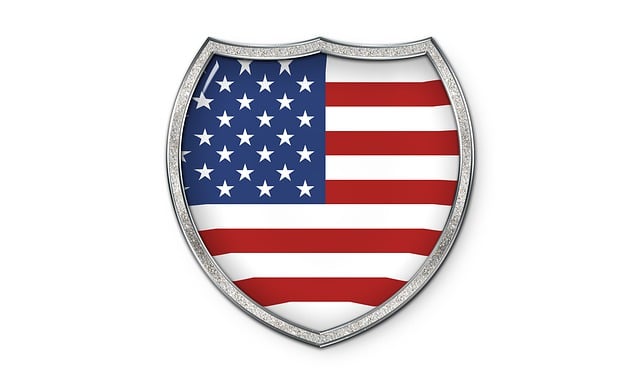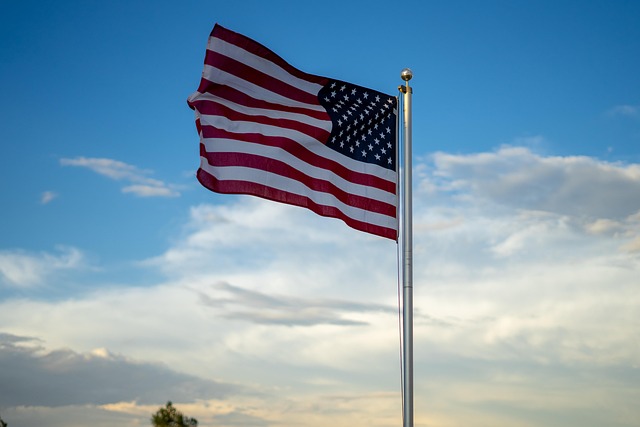The American Indian Flag is a vibrant tapestry of Native American culture, history, and identity, uniquely designed by individual tribes with profound symbolism. These flags, used for ceremonial rituals and tribal gatherings, convey stories of resilience, sovereignty, and cultural heritage through colors, shapes, and symbols like feathers and animals. Beyond tribal contexts, the American Indian Flag is proudly displayed in cultural centers, museums, and private spaces across the U.S., fostering pride, unity, and awareness of diverse Indigenous cultures. In education, these flags spark conversations about history, diversity, and sovereignty movements, serving as powerful tools for cultural representation and advocacy.
“Unravel the rich tapestry of Native American culture through the lens of their flags. This article explores the history and symbolism behind these powerful emblems, delving into the diverse types of tribal flags and their profound meanings. From ancient designs passed down through generations to contemporary interpretations, the American Indian flag has evolved as a symbol of identity, resilience, and pride. Discover how these flags continue to shape Native American communities today.”
- History and Symbolism of American Indian Flags
- Types of Tribal Flags and Their Meanings
- The Impact and Significance Today
History and Symbolism of American Indian Flags

The history of the American Indian Flag is deeply intertwined with the rich cultural heritage and diverse traditions of Native American tribes across the continent. These flags have served as powerful symbols, representing not only a tribe’s identity but also their resilience, sovereignty, and unique connections to the land. Over time, each tribe has developed its own distinct designs, incorporating elements like traditional motifs, colors, and patterns that hold specific meanings.
The symbolism found on American Indian Flags is as diverse as the tribes themselves. Common elements include spiritual symbols, such as sun and moon shapes, representing the importance of nature and the cosmos in Native American beliefs. Animal totems, often depicted in intricate detail, honor the tribe’s relationship with the natural world and serve as guides or protectors. Additionally, geometric patterns inspired by traditional weaves and carvings reflect the artistic prowess and cultural pride of each community. These flags tell stories of history, struggles for sovereignty, and the ongoing fight to preserve cultural heritage, making them meaningful emblems that transcend their physical presence.
Types of Tribal Flags and Their Meanings

Native American tribes have traditionally used flags as a means of expression, identity, and communication. These tribal flags, often referred to as American Indian Flags, can vary widely in design and symbolism, reflecting the unique history and culture of each tribe. Some common types include ceremonial flags, used in traditional ceremonies and rituals, and tribal banners, which serve as symbols of pride, sovereignty, and unity during gatherings and events.
The meanings behind these flags are profound and multifaceted. Colors often hold specific significance, with red symbolizing courage and strength, blue representing peace and harmony, and white signifying purity. Geometric shapes, such as circles and triangles, can represent the elements, directions, or spiritual concepts important to the tribe. Incorporating tribal symbols, like feathers, arrows, or animals, further connects the flag to the tribe’s heritage and values. These flags serve not only as visual representations but also as powerful tools for cultural preservation and the reinforcement of Native American identity.
The Impact and Significance Today

The American Indian Flag, a powerful symbol of cultural identity and resilience, continues to hold immense significance in the modern world. Today, these flags serve as a vibrant representation of Native American tribes’ rich heritage, fostering a sense of pride and unity among communities across the United States. They are more than just colorful designs; they tell stories of history, struggles, and triumphs, reminding folks of the enduring spirit of Indigenous peoples.
In contemporary times, the display of American Indian flags has evolved beyond tribal gatherings and ceremonies. You can find them proudly flown at cultural centers, museums, and even in everyday settings, such as homes and businesses. This widespread adoption underscores their role in promoting awareness, respect, and understanding of Native American cultures. The impact extends to education, where these flags facilitate conversations about history, diversity, and the ongoing fight for recognition and sovereignty.
